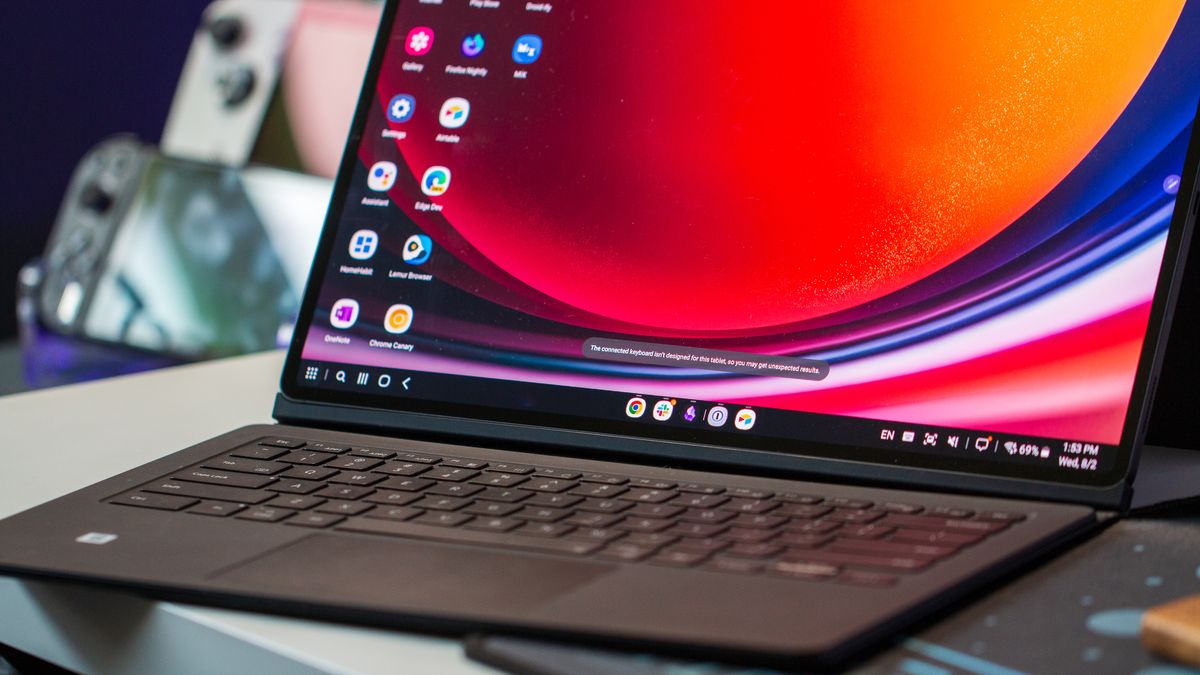There’s a common and overused joke in the tech community about how Apple just rinses and reuses the same design year-over-year. For the most part, the joke rings true, but it’s not just Apple, and it’s not actually the same phone being re-released every year, which is highlighted by the subtle changes in case designs every year.
Look at last year’s Galaxy S22 Ultra and this year’s Galaxy S23 Ultra, and guess what? It’s the same overall design. The Pixel 6 Pro and Pixel 7 Pro are also pretty identical, at least in most regards. And it doesn’t extend to phones, as the same thing happens in the tablet space.
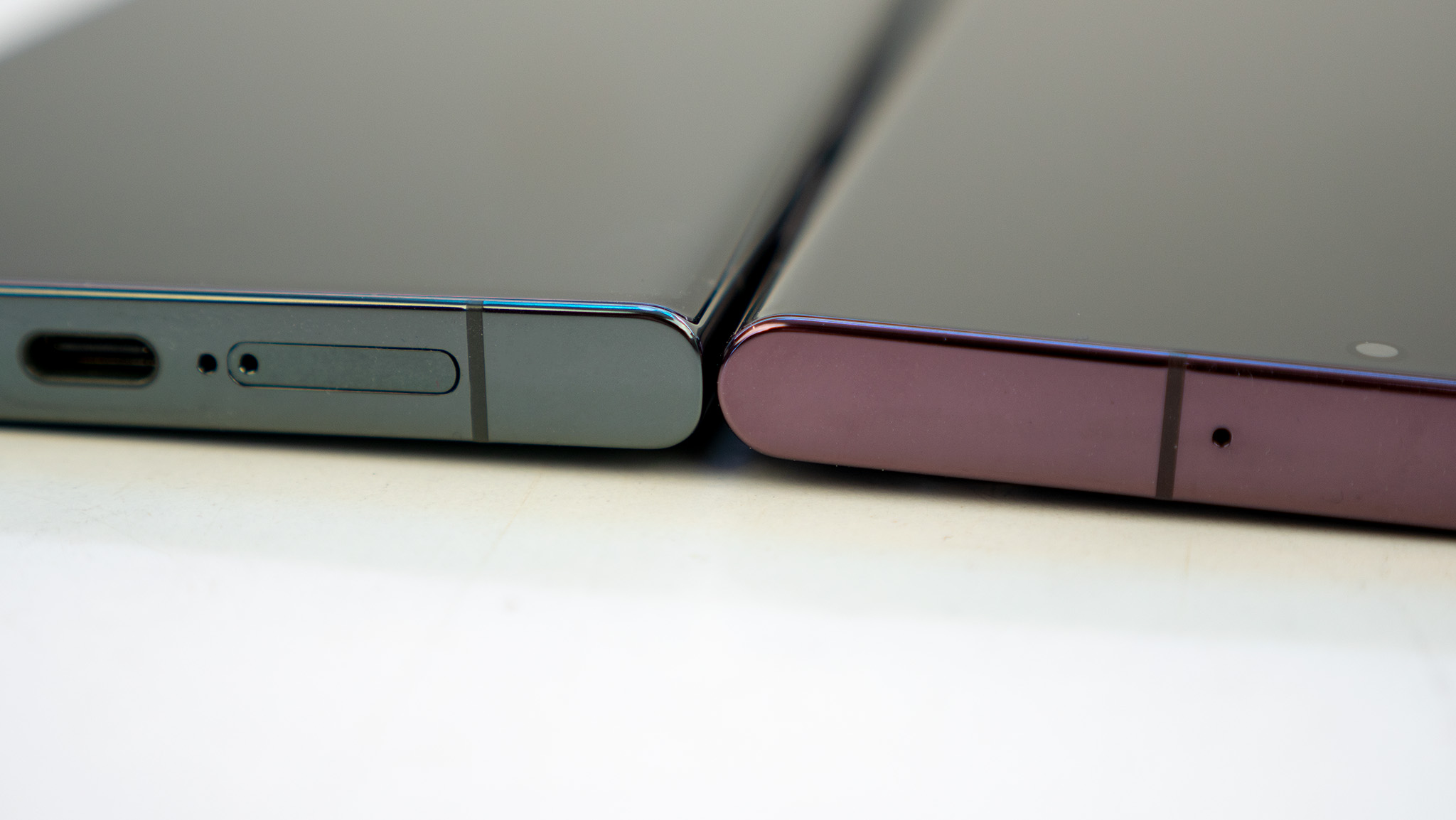
If you were to put the Galaxy Tab S8 Ultra and Tab S9 Ultra, they are practically indistinguishable from one another. It’s not until you take a closer look at the rear camera housing, complete with the magnetic holder for the S Pen, that you’ll notice a difference.
This is part of the reason why I’m so intrigued with the idea of foldable phones, because they have bucked the trend of boring slabs of glass and aluminum. Of course, the Galaxy Z Fold 4 and Fold 5 are almost the same phone, but I digress.
Tiny changes = massive consequences
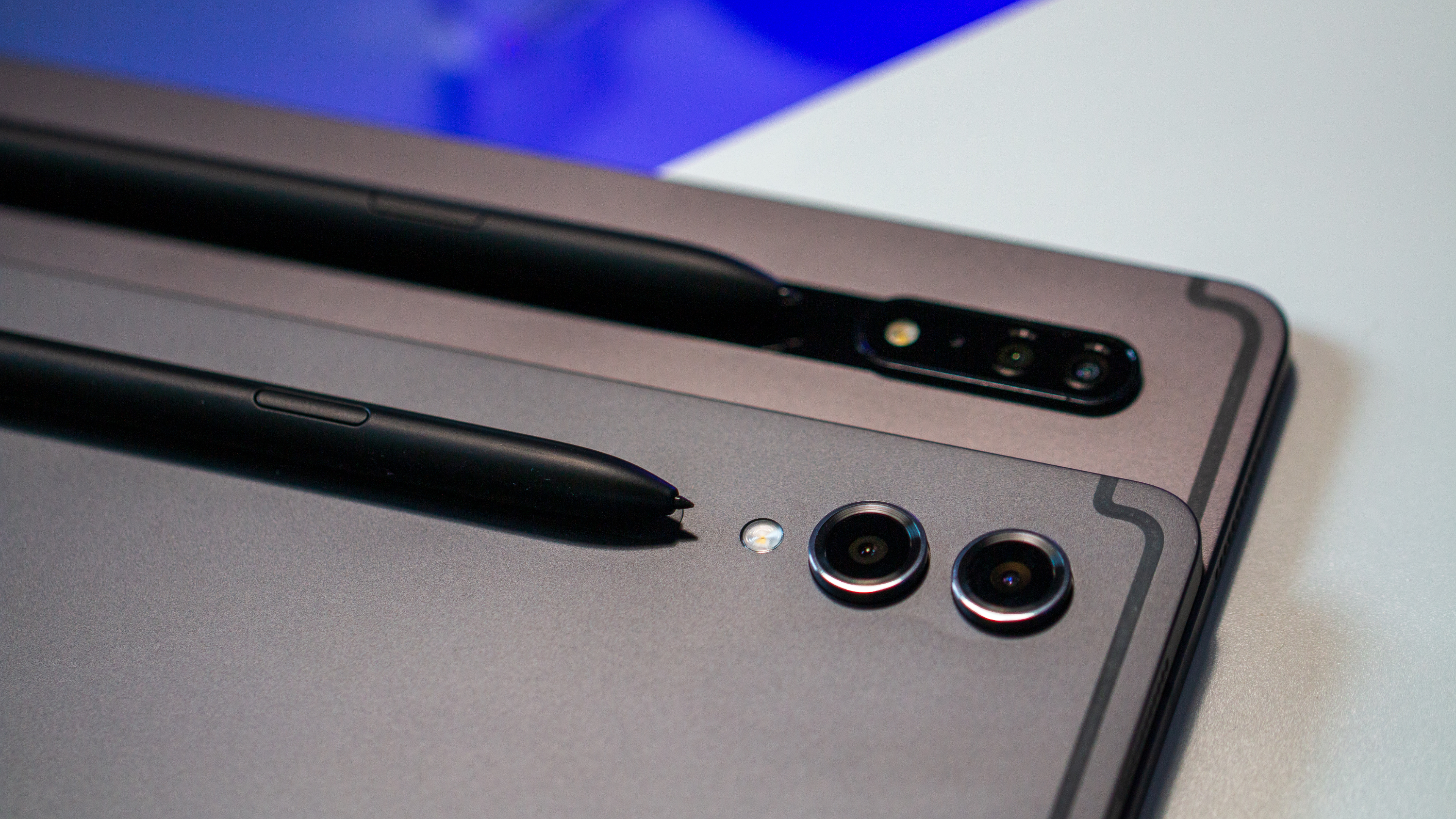
Truthfully, I don’t have too much of an issue with phone and tablet makers recycling the same design for a few years. My problem is that the differences from one year to the next are so minute that the accessories you bought last year are destined for the trash bin.
It’s something that I didn’t really think too much about, simply because I’ve become accustomed to buying a new case whenever I get a new phone or tablet. But after spending $350 on the Galaxy Tab S8 Ultra’s Book Cover Keyboard, I was honestly expecting to be able to use it with the Tab S9 Ultra.
Nope.
Sure, I can connect the tablet to the pogo pins on the bottom keyboard. But even then, the Tab S9 Ultra tells me that there’s a chance the keyboard won’t work correctly.
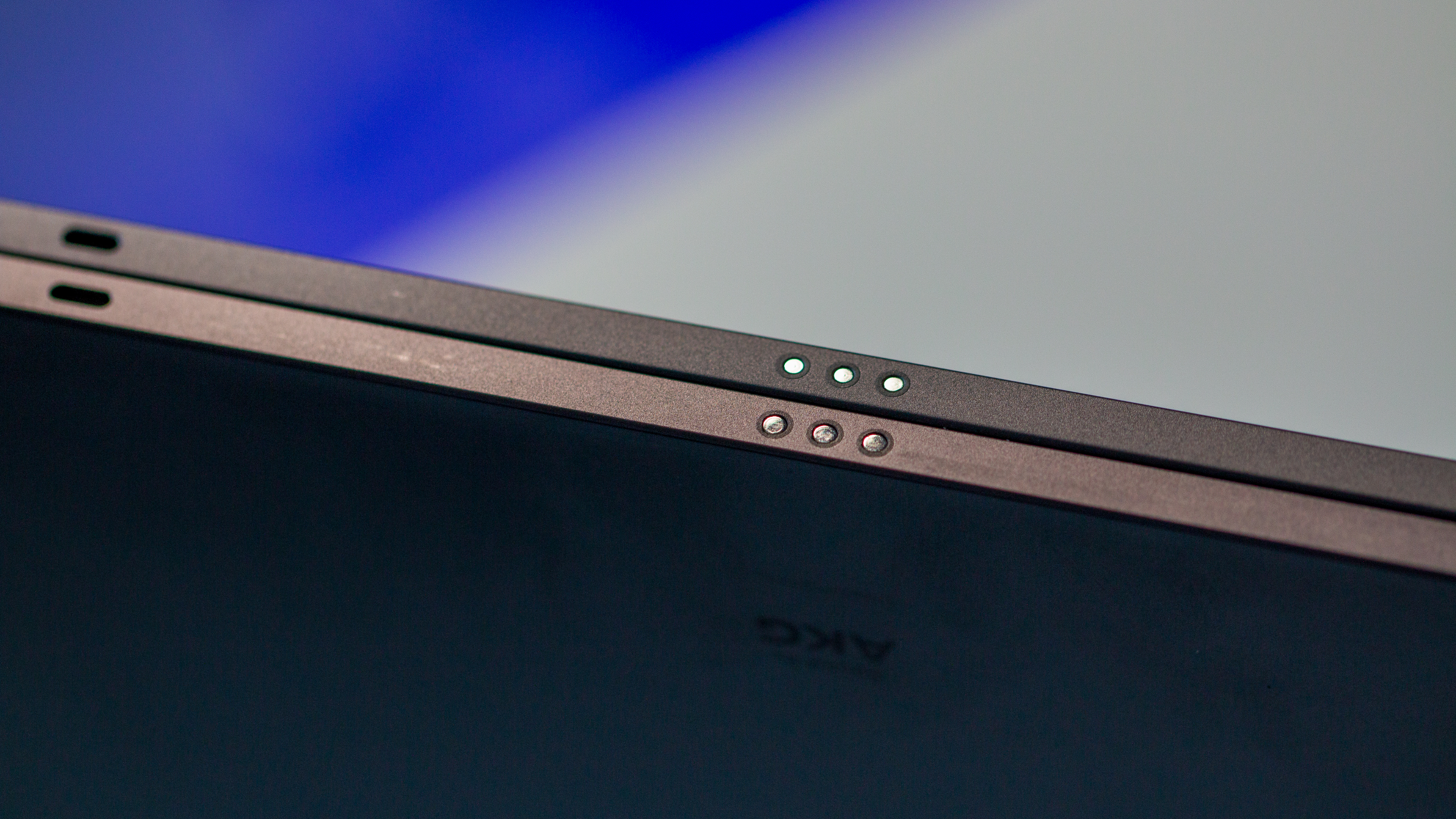
As for the magnetically-attached back cover with the built-in kickstand? It’s unusable. Why? All because Samsung made the slightest adjustment to the cameras on the back. So instead, I’m relegated to spending another $350 if I want the same keyboard cover on the Tab S9 Ultra.
Of course, it’s not exactly the same, but it’s pretty damn close. There’s no new functionality between the old one and the new one, aside from the cutout on the back for the camera housing. There’s even the same amount of flex in the keyboard itself, meaning that unless I position the Tab S9 Ultra perfectly on my lap, I won’t be able to properly click using the built-in trackpad.
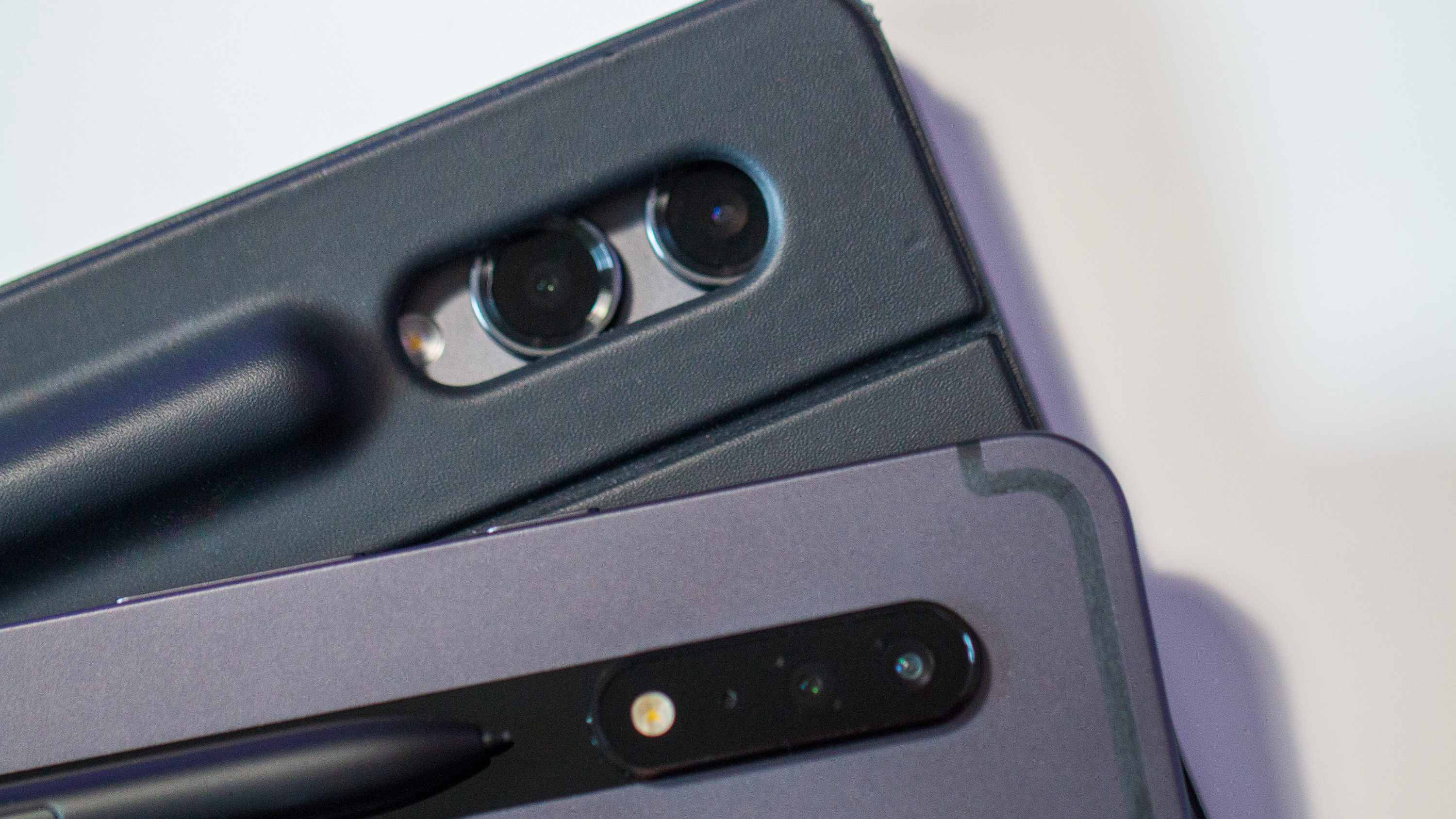
It just feels like these companies are making minor changes for the sake of draining every last penny out of their customers. Yes, I know that’s how capitalism works, but I’m tired of it.
At least with the Galaxy Z Fold 5, the phone’s overall design, minus the hinge, might be the same. But there’s a new S Pen case that makes everything slimmer and lighter while still giving you quick access to the stylus when you need it. Not to mention the fact that there is a new Fold Edition S Pen, something that hasn’t been updated since the Galaxy Z Fold 3.
“Sustainability” is just another buzzword
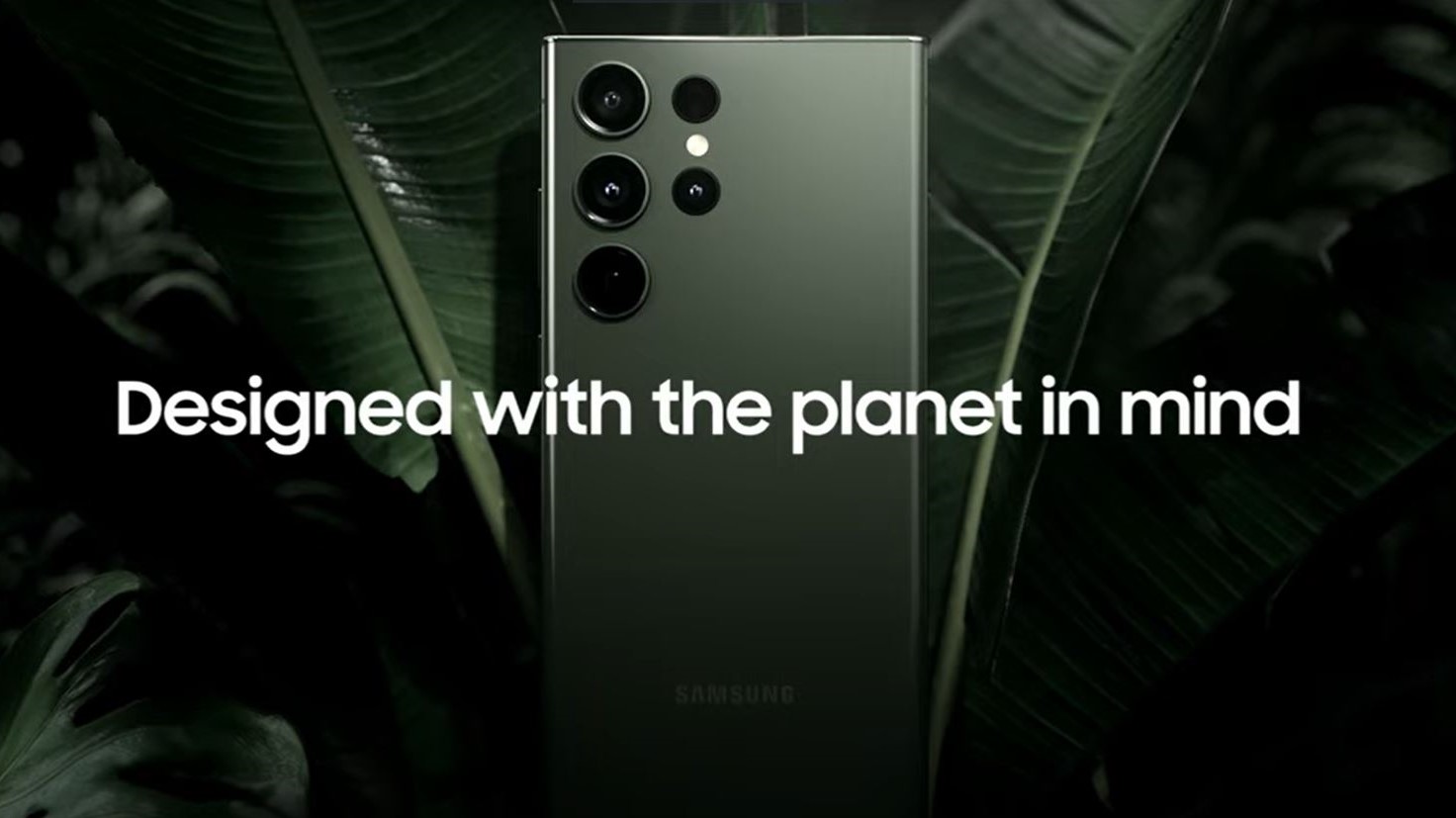
Remember a few years ago when Apple showed us that it had the “courage” to remove its chargers from the box? Yes, I know the courage comment was in regard to the headphone jack, but just stick with me here. We all laughed while iPhone 12 owners were stuck without a charging brick. That is until Android phone makers started doing the same thing, namely Samsung.
But what was the point? In my mind, at least, Apple removing the brick made sense, as the company continued shipping its latest iPhones with the same practically-useless 5W charger, which is still pretty comical. At the time, the company told everyone it was to “reduce carbon emissions and preserve raw materials.”
Now if you go into a store to pick up a new phone, whether it’s from Apple, Samsung, or Google, you won’t find a charger in the box. Even with the $1,800 Galaxy Z Fold 5 or Pixel Fold, you’ll have a cable, but no charger to plug it into.
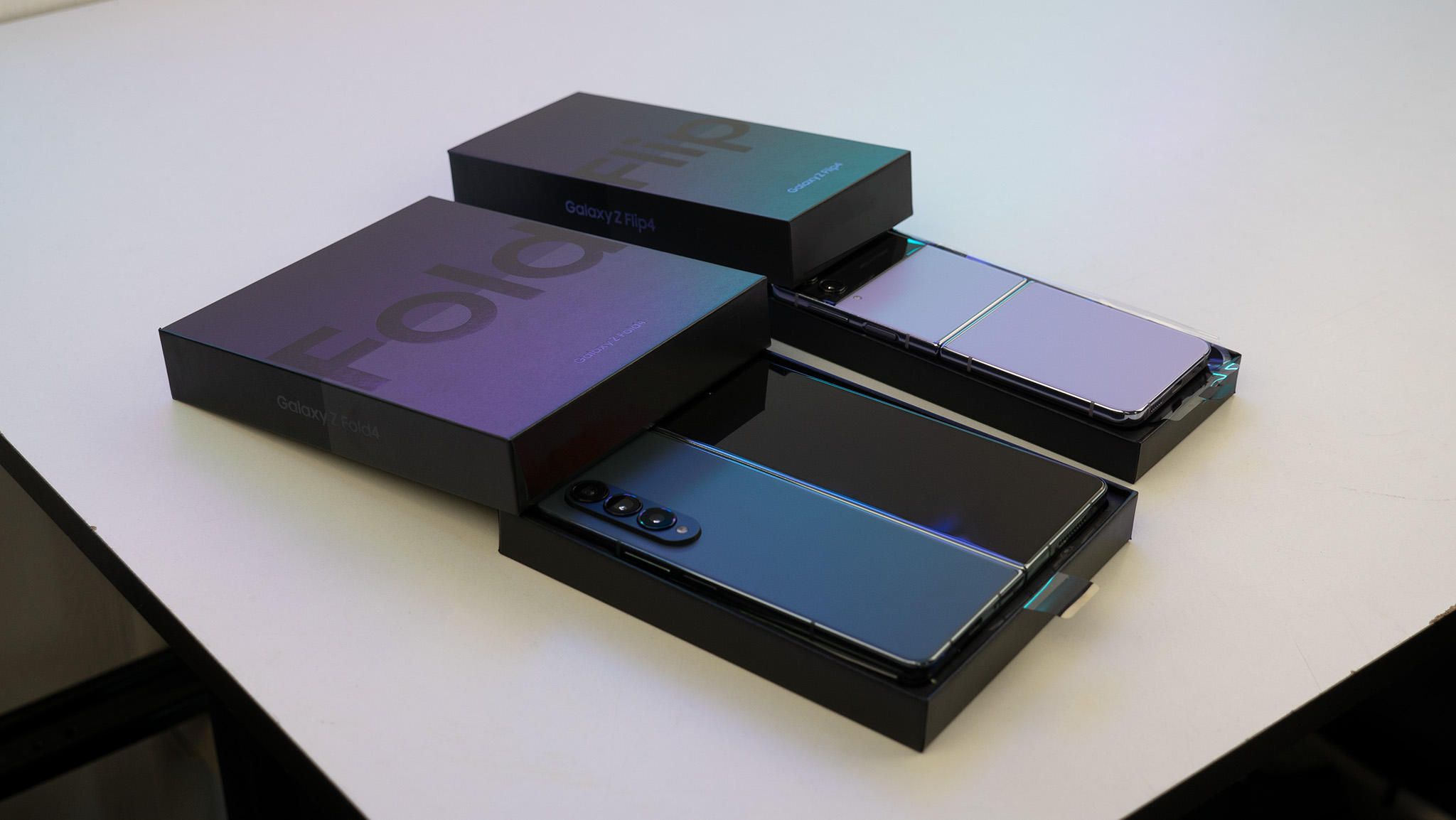
So why not take it a step further? If companies are going to recycle phone designs, they should let us recycle various cases and accessories. Quit making the smallest changes just so they can increase profits by selling cases that cost a fraction of what they retail for.
I can’t sum this up any better than what Will Sattelberg of Android Police had to say about the subject:
“If Samsung wants us to take its e-waste promises seriously, it needs to work harder to cater to consumers by retaining legacy accessories, even if that means fewer products sold alongside new tablets at checkout. Otherwise, it’s hard to see how the brand’s environmental focus benefits anyone beyond its own bottom line.“
The only tweak I would make to what Will had to say is that this needs to apply to not just Samsung, but every phone and tablet maker out there.

